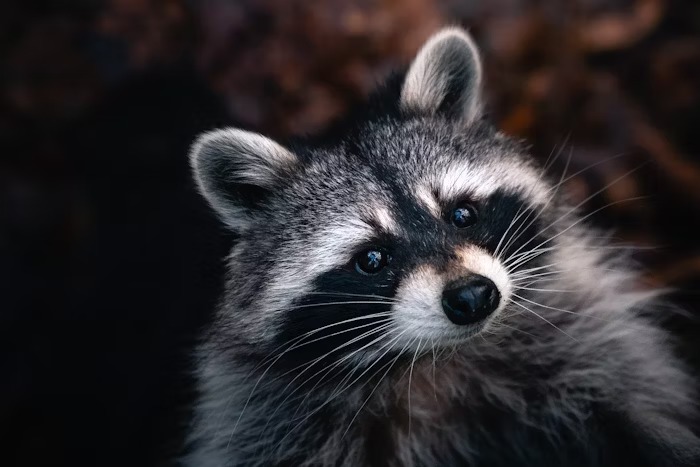From Pests to Preservation: Balancing Homes and Habitats
Central Florida is teeming with life—oak hammocks, retention ponds, wetlands, and the sandy soils that armadillos love to excavate. That biodiversity is why many of us live here. It’s also why raccoons shuffle across pool screens at midnight and squirrels set up nurseries in the soffit. Finding the balance between thriving neighborhoods and thriving native species isn’t about choosing one over the other. It’s about using science-backed methods, clear ethics, and a long view. That’s the spirit behind Pro Wildlife Removal services in Central Florida—a philosophy that puts prevention and preservation at the center of every decision.
Why Wildlife Shows Up at Your House
Houses create “edge habitat,” the transition zone where animals find shelter, food, and water in close proximity. Bird feeders spill seed that attracts rodents; fruiting trees bring opossums and raccoons; pet bowls invite visitors of every stripe. Add seasonal rains, construction that shifts animal territories, and the warmth of attic voids, and you’ve got a perfect storm. None of this means you must tolerate damage. It means the most reliable solutions target causes, not just symptoms.
From Panic to Plan: Your First 24 Hours
Discover a rustle in the attic or scratches in the wall? Take a breath. Here’s a calm, practical sequence:
- Confirm activity. Look for droppings, tracks in dusty areas, or grease marks near openings.
- Protect people and pets. Close interior doors to isolate rooms; keep pets indoors at night.
- Stabilize the situation. Cover obvious gaps with temporary hardware cloth (¼-inch), secured well.
- Document. Photos of damage, entry points, and timelines help you or any pro choose the right approach.
- Resist quick fixes. Poison baits create secondary hazards for owls, hawks, and pets—and don’t solve entry problems.
If you’re tempted to Google “wildlife removal near me”, pause and gather this information first. The more specifics you have, the more targeted (and humane) the recommendations will be.
The Humane Toolkit That Actually Works
Wildlife conflicts are building problems with animal outcomes. The core toolkit reflects that reality:
Exclusion Over Elimination
Permanent repairs beat repeated trapping. Sealing a 2-inch gap along the roofline with matching metal flashing and a bead of sealant prevents generations of issues. One-way doors let animals exit without re-entering, avoiding the orphaning of young.
Attic & Exterior Proofing
- Reinforce soffits and fascia with corrosion-resistant fasteners.
- Install rodent-proof vent covers and chimney caps.
- Use ¼-inch hardware cloth for foundation vents and under decks.
- Replace chewed foam or screen with metal-backed materials.
Habitat Tweaks
- Reduce attractants: secure trash, manage compost, and bring pet food inside.
- Trim back limbs that overhang roofs by 6–8 feet where possible.
- Clean fallen fruit and seeds promptly; use baffles on feeders.
- Improve drainage to discourage burrowers in perpetually damp areas.
Species Snapshot: Central Florida Regulars
Raccoons
Clever, strong, and dexterous. Look for pried soffits and torn screens. Exclusion paired with chimney caps and tight-fitting lids typically ends the cycle.
Squirrels
Daytime scurrying suggests squirrels in the attic. One-way doors work well, but check for young during nesting seasons; delay eviction until they’re mobile.
Bats
Beneficial insect-eaters and protected. Timing is everything: exclude outside maternity season and consider a bat house as an alternative roost.
Armadillos
Conical holes in the yard? That’s their insect-sniffing excavation. Soil compaction, grub management, and fencing buried 8–12 inches discourage return visits.
Snakes
Attracted by rodent activity and cool hiding spots. Reduce clutter, seal gaps, and manage bird seed to cut their food supply.
Waterbirds and Nesters
Eaves and ledges can become nesting platforms. Install angled ledge guards or tensioned netting before nesting begins.
A Seasonal Lens: Working With (Not Against) the Calendar
Florida’s wildlife activity ebbs and flows with rainfall and warmth. Many species breed in spring and early summer; summer rains can push burrowers upward; hurricane season reshapes territories; cooler winter nights send rodents in search of warmth. A thoughtful plan respects these rhythms—scheduling exclusion when babies won’t be trapped inside and pacing yard work to avoid disrupting nests. That timing is a hallmark of responsible practice, whether you handle minor fixes yourself or consult a pro.

Community-Level Solutions That Pay Off
Your home is part of a neighborhood habitat network. When HOAs and neighbors invest in shared best practices, conflict drops across the board:
- Trash and compost rules that actually get followed.
- Native landscaping that balances beauty with ecological function, reducing invasive plants that create wildlife “traps.”
- Pond-edge maintenance that preserves shelter for wading birds while keeping embankments intact.
- Education nights with local naturalists to set expectations and share species ID tips.
These choices don’t just reduce phone calls; they build a sense of place and stewardship.
Before You Hire: Questions That Reveal Quality
When you eventually search “wildlife removal fl” and start vetting companies, use questions that surface method—not marketing:
- What’s your exclusion plan? Ask for specific building repairs, materials, and timelines.
- How do you handle dependent young? Look for protocols that prevent orphaning and comply with seasonal restrictions.
- Do you offer photo or video documentation? Reputable teams show you entry points, repairs, and final seals.
- What’s your warranty—and what voids it? Clear terms protect both sides.
- How do you prevent secondary poisoning? Answers should emphasize traps, exclusion, and sanitation, not poison baits.
The best providers talk like builders and biologists. They’re comfortable explaining why a small flashing detail matters as much as setting a trap.
DIY vs. Professional: Choosing Your Lane
Plenty of homeowners can install a chimney cap, replace a gnawed vent, or add a baffle to a feeder. DIY is great for prevention and light repairs. But persistent attic activity, repeated soffit failures, or any situation involving bats or complex rooflines often benefits from professional equipment, ladders, safety training, and species-specific know-how. Either way, the goals are the same: fix the building, protect the animals, and make the solution stick.
The Big Picture: Homes and Habitats, Together
The old mindset—“remove the animal, problem solved”—misses the point. Problems recur because entry points and attractants remain. The new mindset is architectural and ecological: durable, code-smart repairs; materials that outlast weather; yard choices that don’t invite trouble; and timing that honors life cycles. That balanced approach is what defines Pro Wildlife Removal services in Central Florida at their best: fewer conflicts, healthier neighborhoods, and a landscape where people and native species both get what they need.





